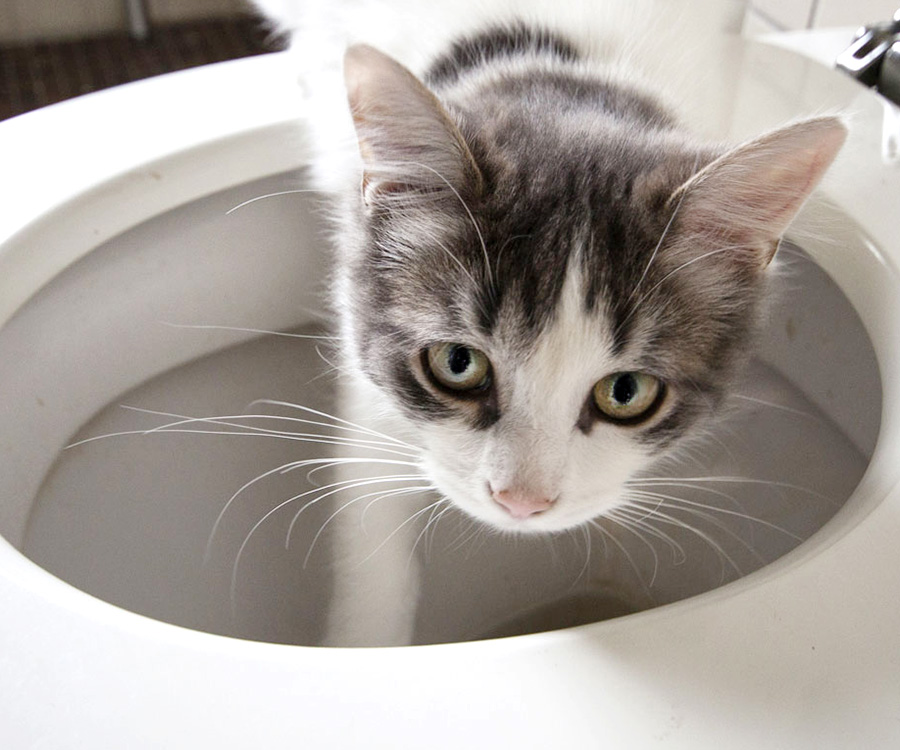What are your beliefs about How to Dispose of Cat Poop and Litter Without Plastic Bags?

Introduction
As feline owners, it's vital to be mindful of just how we get rid of our feline close friends' waste. While it may seem hassle-free to flush feline poop down the commode, this technique can have harmful repercussions for both the setting and human wellness.
Ecological Impact
Flushing feline poop presents hazardous microorganisms and parasites into the supply of water, posturing a considerable threat to water ecological communities. These impurities can adversely affect marine life and compromise water high quality.
Wellness Risks
In addition to environmental concerns, purging feline waste can also pose wellness dangers to people. Cat feces may have Toxoplasma gondii, a bloodsucker that can trigger toxoplasmosis-- a possibly serious disease, especially for pregnant ladies and people with damaged immune systems.
Alternatives to Flushing
The good news is, there are safer and much more accountable means to throw away pet cat poop. Take into consideration the adhering to alternatives:
1. Scoop and Dispose in Trash
The most common method of getting rid of feline poop is to scoop it into a naturally degradable bag and throw it in the trash. Be sure to make use of a dedicated clutter inside story and get rid of the waste without delay.
2. Usage Biodegradable Litter
Opt for naturally degradable pet cat trash made from materials such as corn or wheat. These trashes are eco-friendly and can be safely disposed of in the garbage.
3. Hide in the Yard
If you have a lawn, think about burying cat waste in a marked area away from veggie gardens and water resources. Be sure to dig deep adequate to prevent contamination of groundwater.
4. Set Up a Pet Waste Disposal System
Invest in an animal garbage disposal system specifically developed for feline waste. These systems utilize enzymes to break down the waste, lowering smell and ecological impact.
Final thought
Accountable family pet possession prolongs past supplying food and sanctuary-- it additionally includes proper waste management. By avoiding purging cat poop down the bathroom and going with different disposal approaches, we can lessen our environmental footprint and shield human health and wellness.
Why Can’t I Flush Cat Poop?
It Spreads a Parasite
Cats are frequently infected with a parasite called toxoplasma gondii. The parasite causes an infection called toxoplasmosis. It is usually harmless to cats. The parasite only uses cat poop as a host for its eggs. Otherwise, the cat’s immune system usually keeps the infection at low enough levels to maintain its own health. But it does not stop the develop of eggs. These eggs are tiny and surprisingly tough. They may survive for a year before they begin to grow. But that’s the problem.
Our wastewater system is not designed to deal with toxoplasmosis eggs. Instead, most eggs will flush from your toilet into sewers and wastewater management plants. After the sewage is treated for many other harmful things in it, it is typically released into local rivers, lakes, or oceans. Here, the toxoplasmosis eggs can find new hosts, including starfish, crabs, otters, and many other wildlife. For many, this is a significant risk to their health. Toxoplasmosis can also end up infecting water sources that are important for agriculture, which means our deer, pigs, and sheep can get infected too.
Is There Risk to Humans?
There can be a risk to human life from flushing cat poop down the toilet. If you do so, the parasites from your cat’s poop can end up in shellfish, game animals, or livestock. If this meat is then served raw or undercooked, the people who eat it can get sick.
In fact, according to the CDC, 40 million people in the United States are infected with toxoplasma gondii. They get it from exposure to infected seafood, or from some kind of cat poop contamination, like drinking from a stream that is contaminated or touching anything that has come into contact with cat poop. That includes just cleaning a cat litter box.
Most people who get infected with these parasites will not develop any symptoms. However, for pregnant women or for those with compromised immune systems, the parasite can cause severe health problems.
How to Handle Cat Poop
The best way to handle cat poop is actually to clean the box more often. The eggs that the parasite sheds will not become active until one to five days after the cat poops. That means that if you clean daily, you’re much less likely to come into direct contact with infectious eggs.
That said, always dispose of cat poop in the garbage and not down the toilet. Wash your hands before and after you clean the litter box, and bring the bag of poop right outside to your garbage bins.
https://trenchlesssolutionsusa.com/why-cant-i-flush-cat-poop/

We had been brought to that article about How to Dispose of Cat Poop and Litter Without Plastic Bags from an associate on our other web blog. Sharing is nice. One never knows, you could be doing someone a favor. Thanks a lot for your time. Kindly check up our blog back soon.
Request Appointment